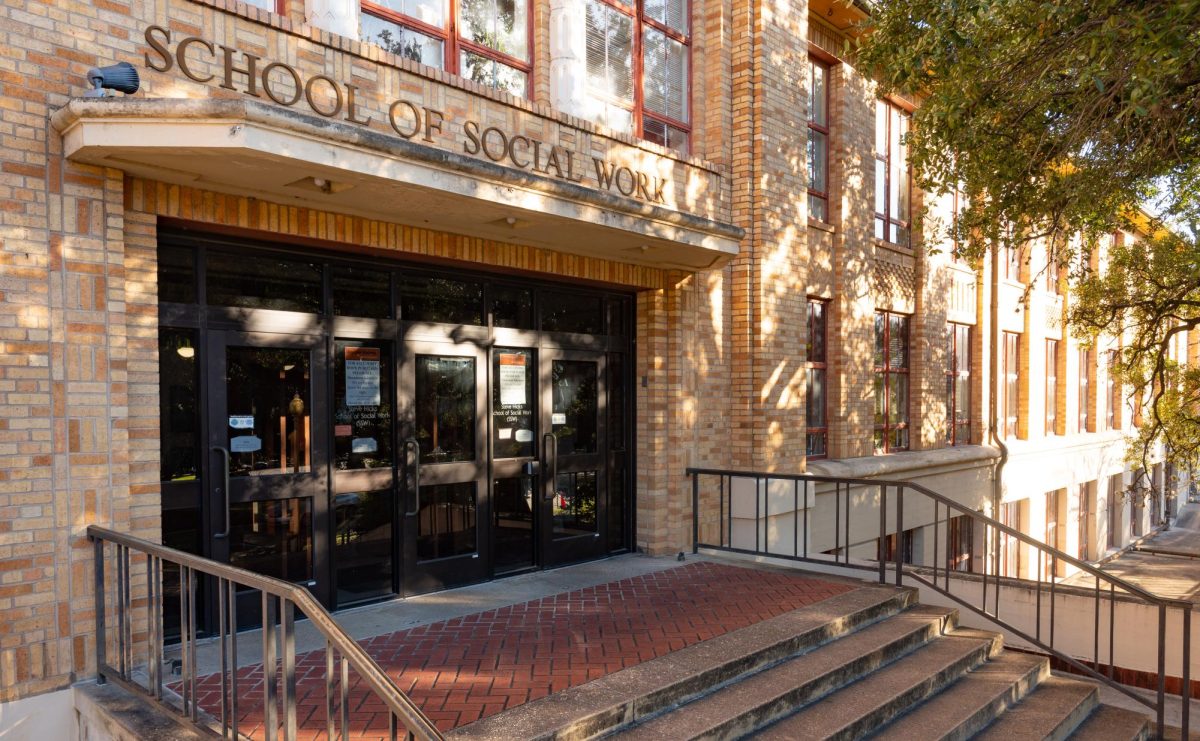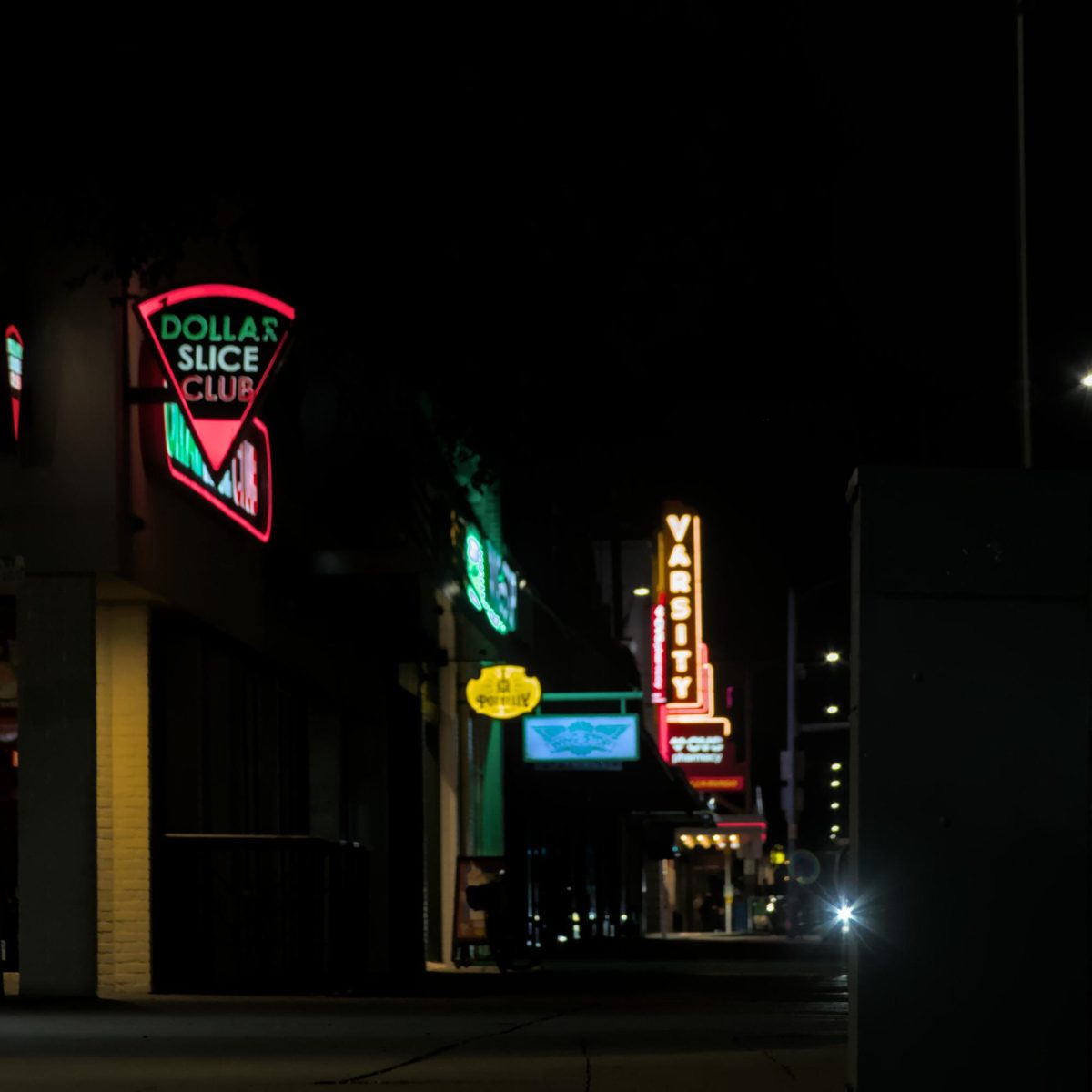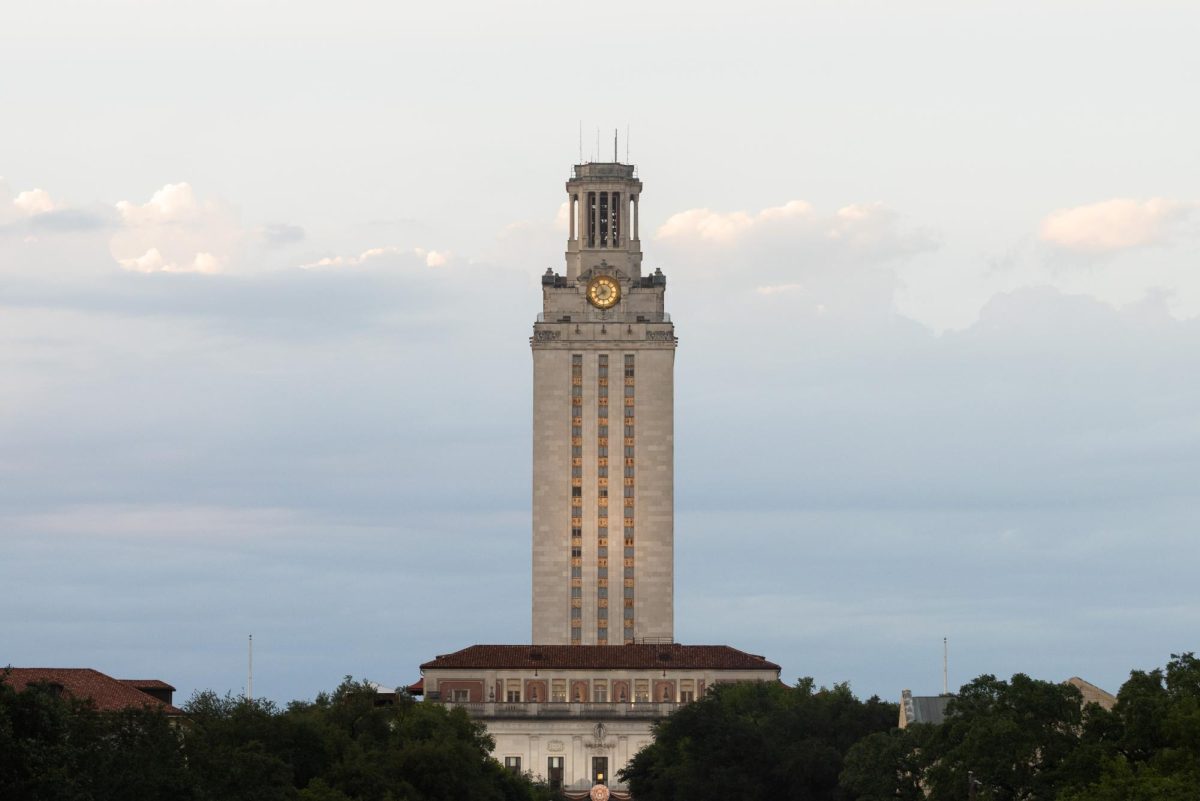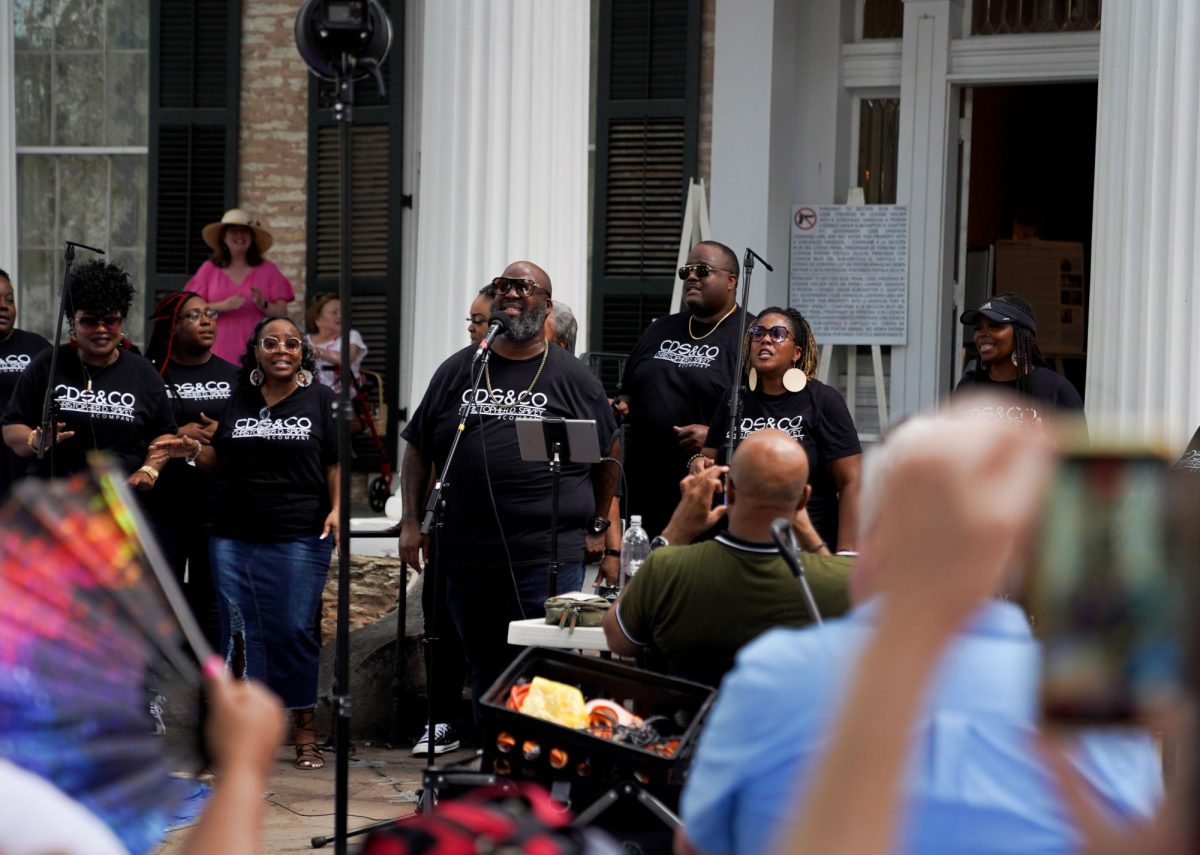University Junior High, which currently houses the Steve Hicks School of Social Work, will face demolition in June to make space for a new football training facility, Athletics Director Chris Del Conte announced Feb. 13.
The athletics department began looking to add a new football training facility at least one year ago, according to the 2023 Texas Athletics Town Hall. In this year’s conference, Del Conte said the current facility, known as “The Bubble,” adds too much travel time and inconvenience for players. The Darrell K Royal-Texas Memorial Stadium and the current practice facility are approximately half a mile apart, amounting to an 11-minute walk.
In the conference, Del Conte said the athletics department ensured the School of Social Work had another location to go before confirming the demolition. He said Texas Athletics donated $10 million to the School of Social Work to “fight systemic homelessness.”
University Junior High, a middle school funded by the University and the city of Austin, became the first fully integrated public middle school in Austin in 1957, three years after Brown v. Board of Education integrated all public schools in the United States. By 1967, the school taught more Black students than white students.
In 1967, the University shut down the school and expanded its athletic facilities further east of Waller Creek, which displaced hundreds of Black residents. In 1994, the Steve Hicks School of Social Work adopted the building as its own and labeled it as such on the entrance.
“Although the building is surrounded by UT athletic facilities, the new label gives hope that UJH will not be converted for recreational use,” the form that registered the building as a historic place in 2001 stated.
The Hogg Memorial Auditorium was built the same year as the junior high. The University celebrated the auditorium’s 90th anniversary with a complete renovation. The social work building, however, will get no such celebration — Del Conte said the building “served its use in terms of actual structure.”
Edwin Bautista, a member of the Save the Past for the fUTure Coalition, a group dedicated to preserving the University’s history, urges it to invest in preserving the building.
“Brown v. Board (of Education) had a pivotal impact not just on the state and on the city, but on the country,” Bautista said. “Trying to piece that history and our story on how we’re overcoming this is something that has flown under the radar as far as UT not recognizing this.”
Kathleen Armenta said she always taught her students the historical significance of the building through her 20 years as a social work professor. She said the history behind the building matched social work’s ideals.
“The social work values of social justice, diversity and resiliency were a legacy of the building as well,” Armenta said in an email.
Barbara Anderson, a former social work professor, said the demolition echoes some of Texas Athletics’ history of expansion and demolition. Two years after an athletic facility expansion displaced Black residents, students led a protest called “The Battle of Waller Creek” to stop the stadium’s expansion into the creek in 1969.
“When is enough, enough?” Anderson said in an email.
Bautista said the coalition will continue to fight to preserve the building. He said he hopes the building continues fostering the same ideals and creating the same memories he saw recorded in the school’s 1960s memory book.
“If these memories kindle a desire in any ex-faculty member or student to resist the dilution of quality by the expansion of quantity,” the memory book states. “Then this dream which lived for one brief 33-year moment was not in vain.”





















